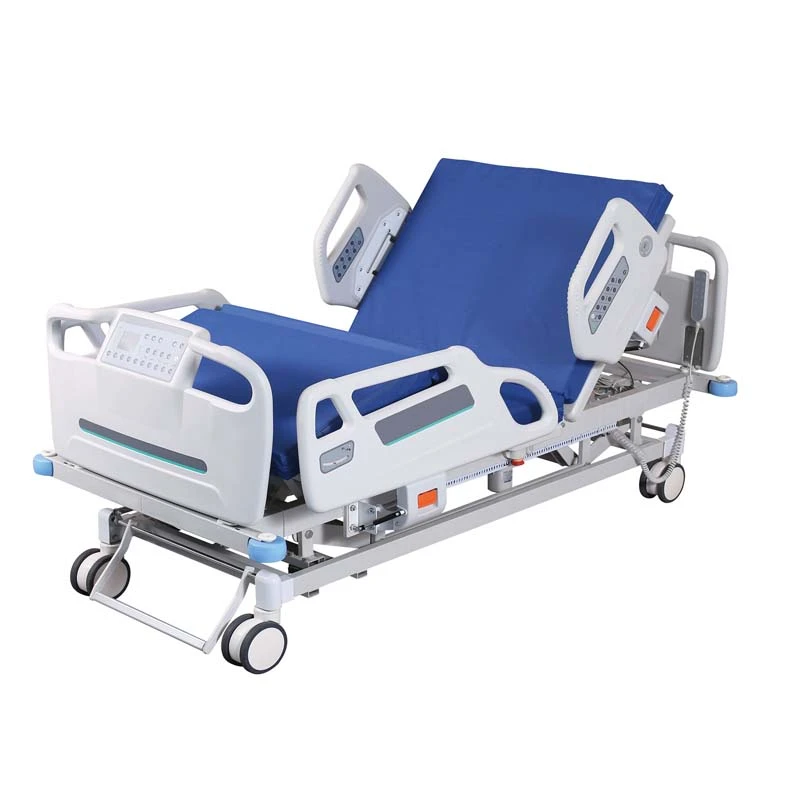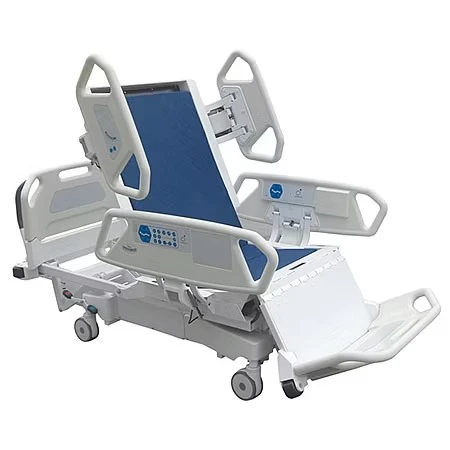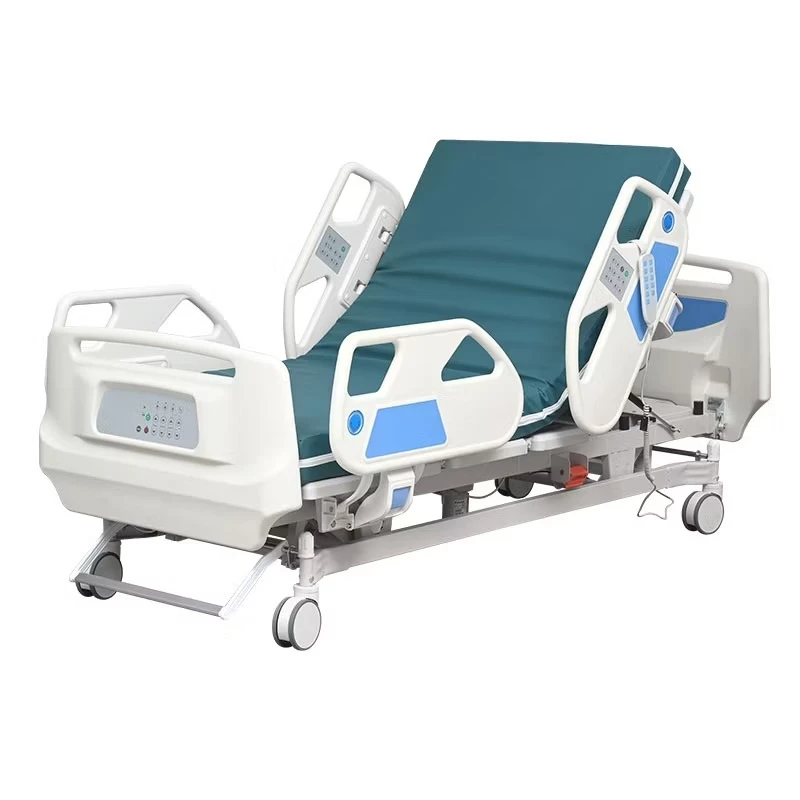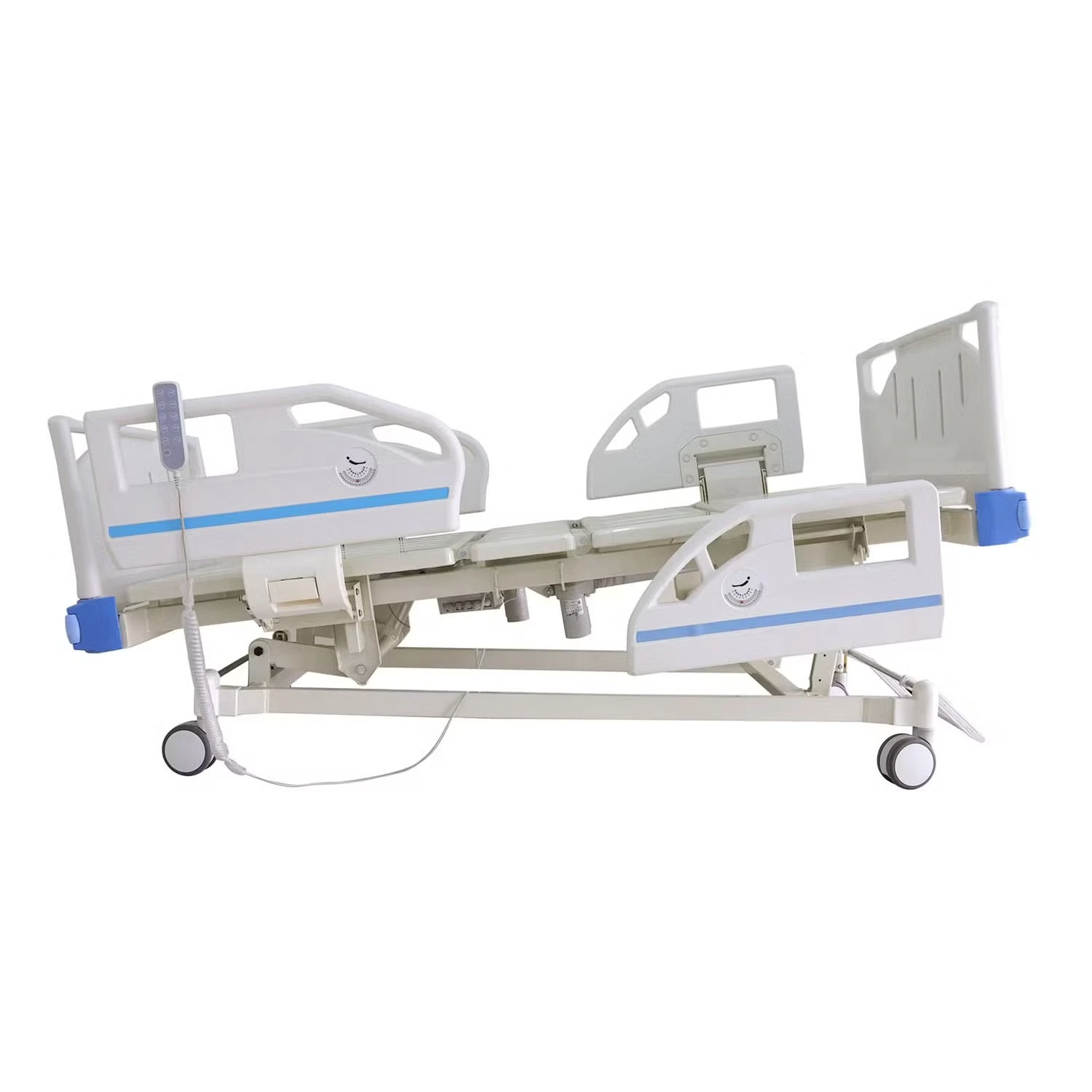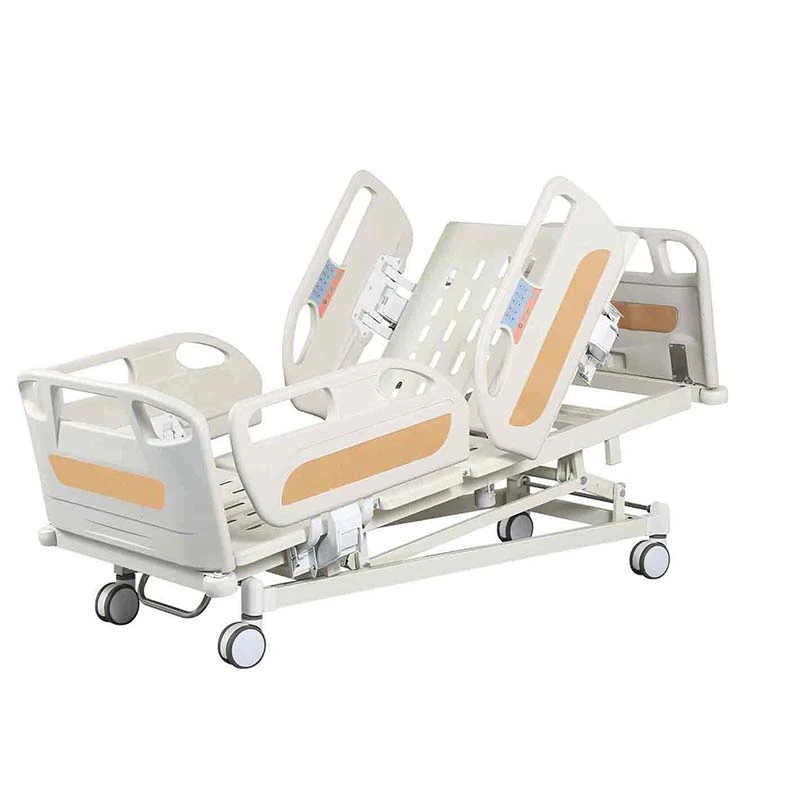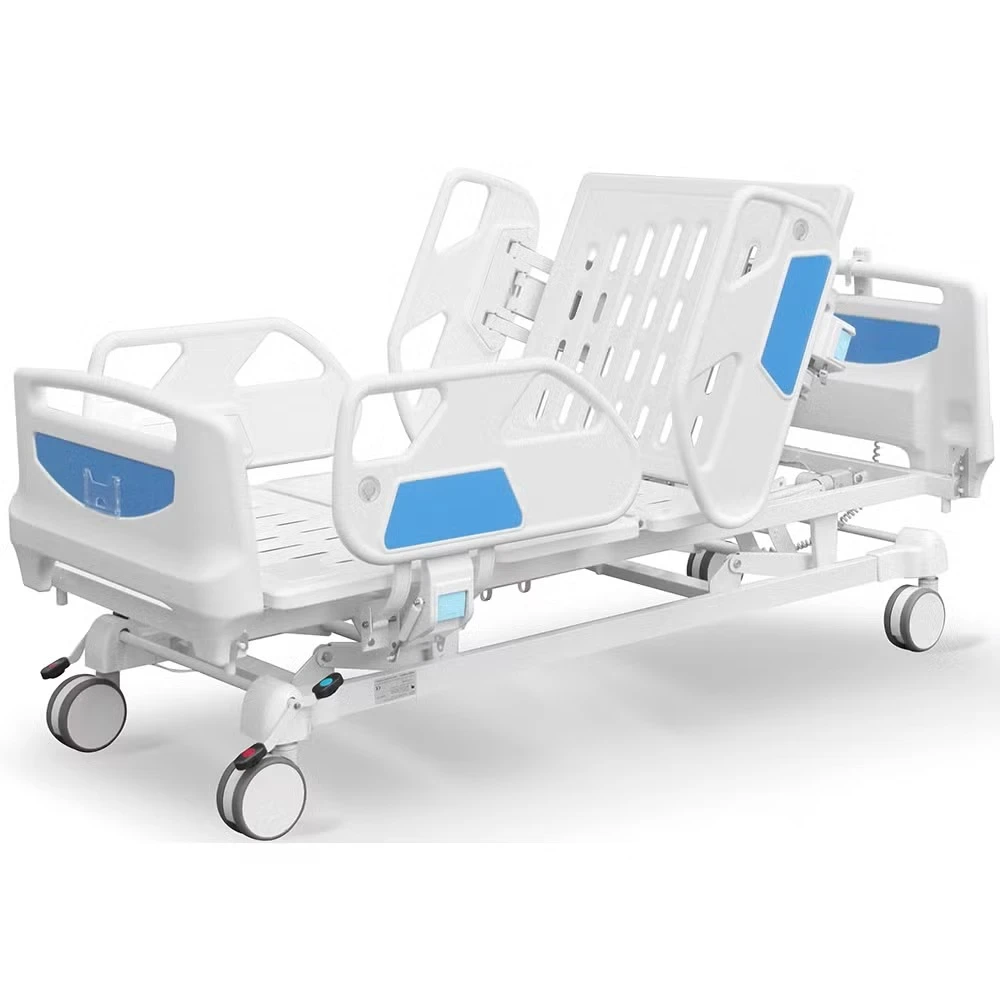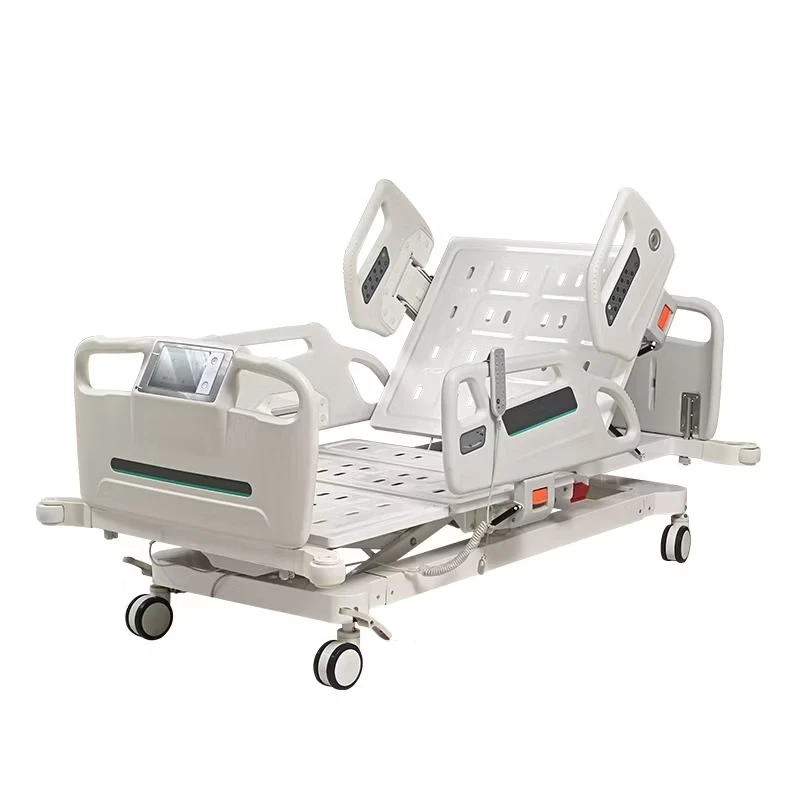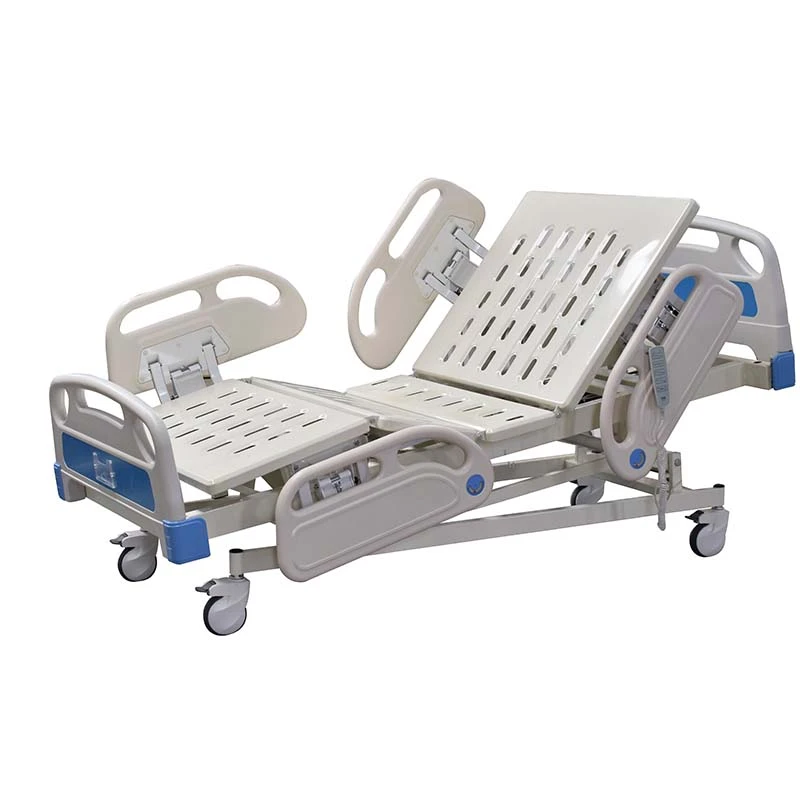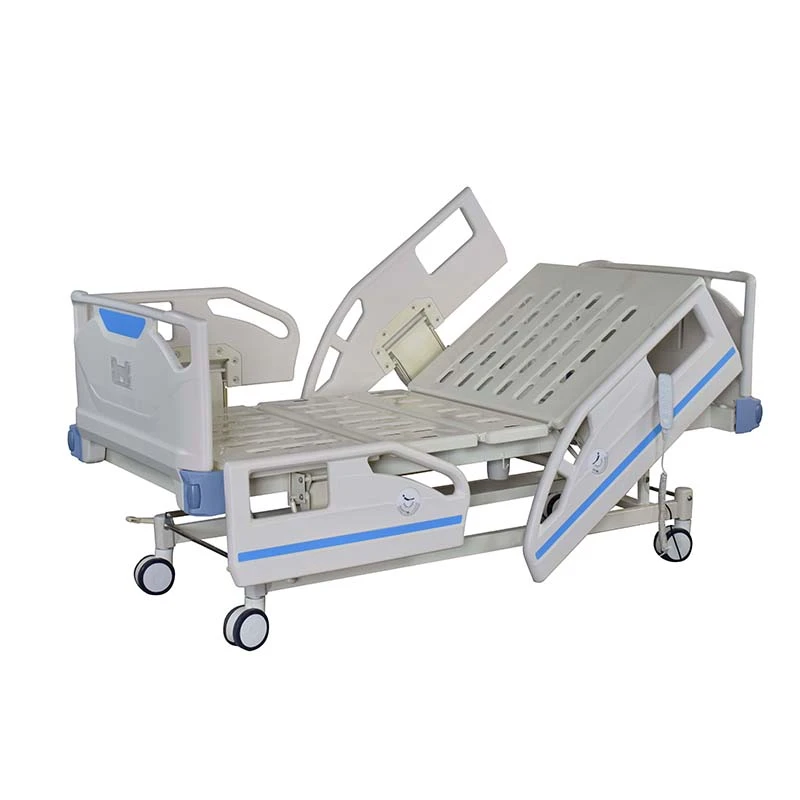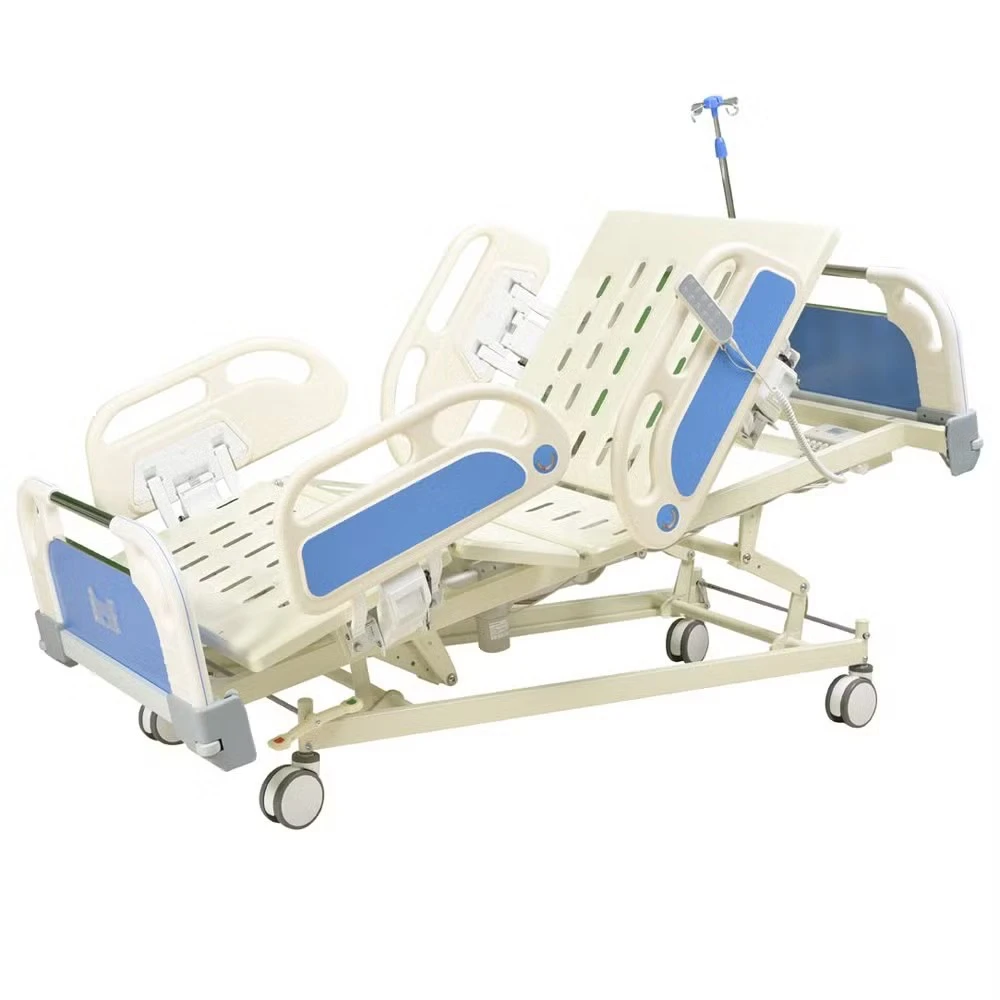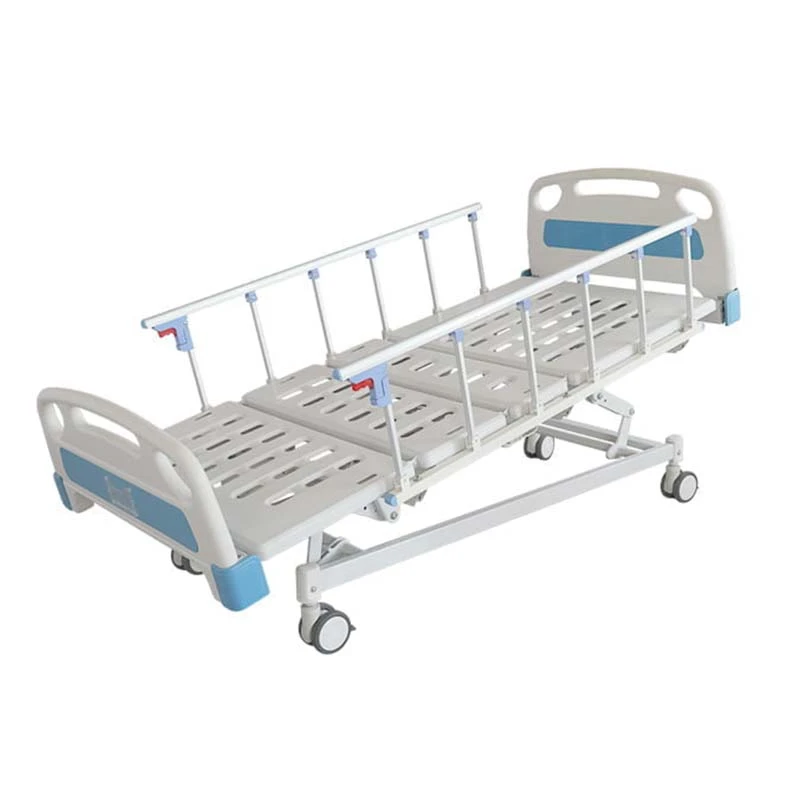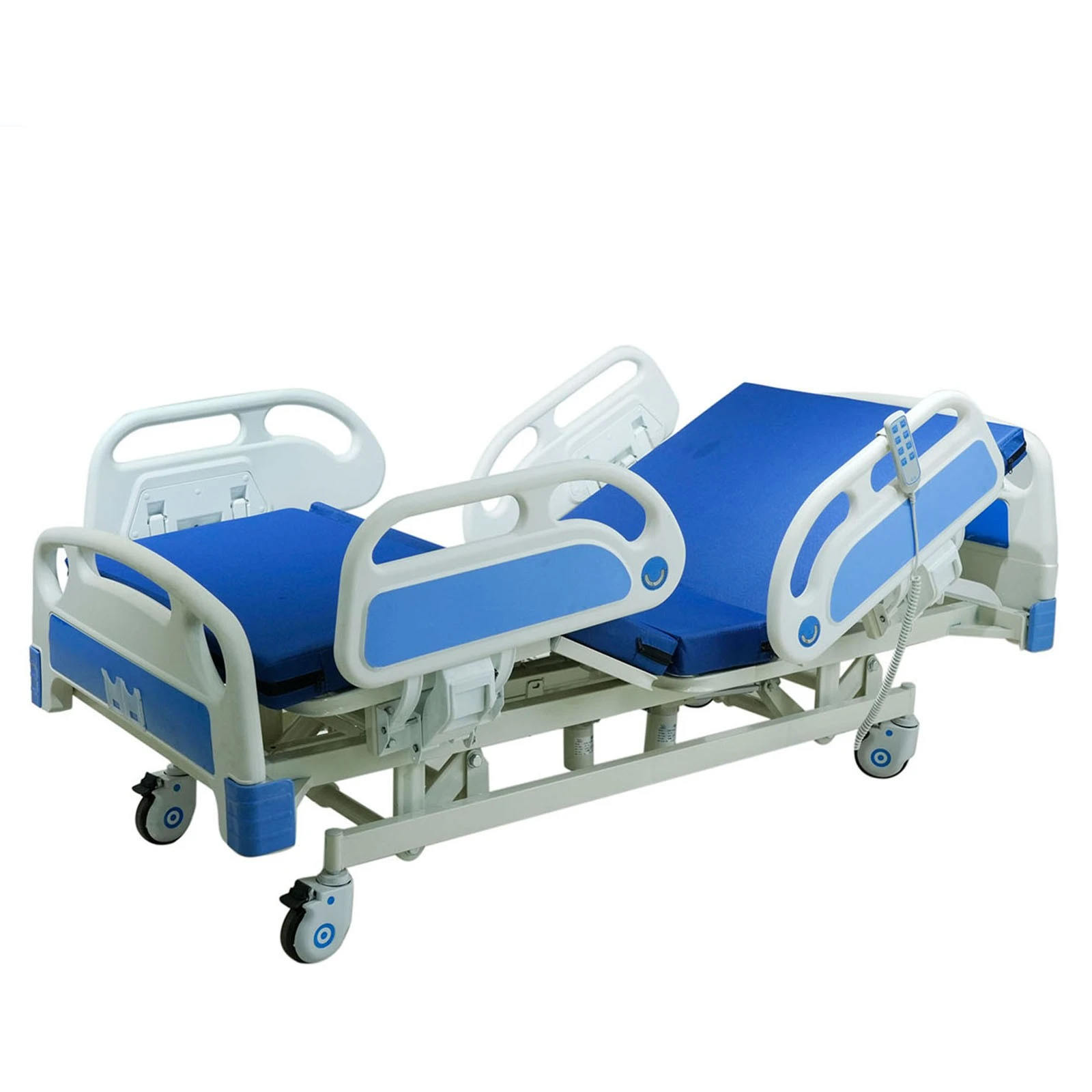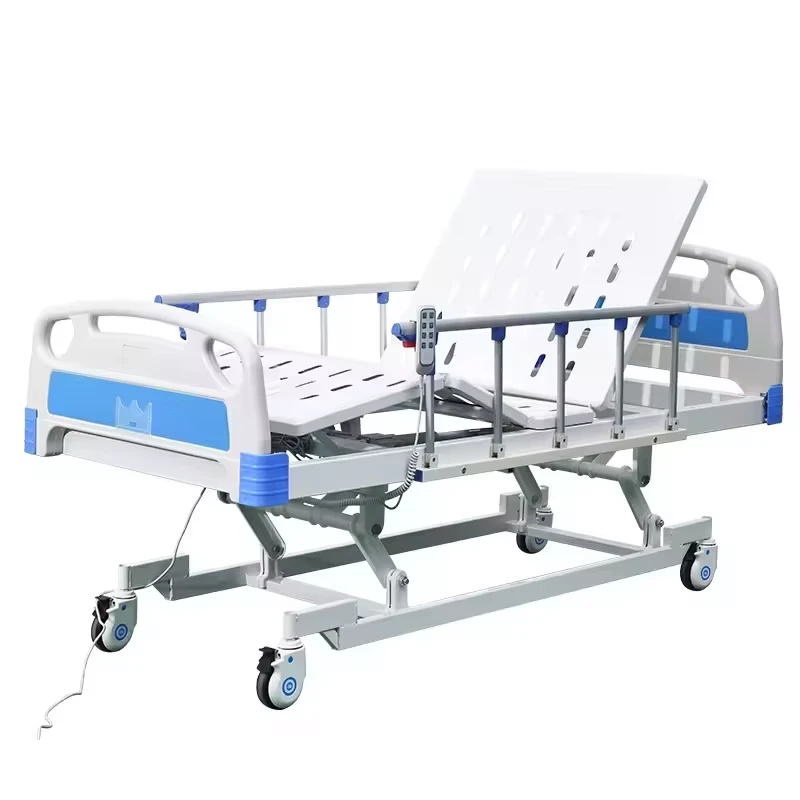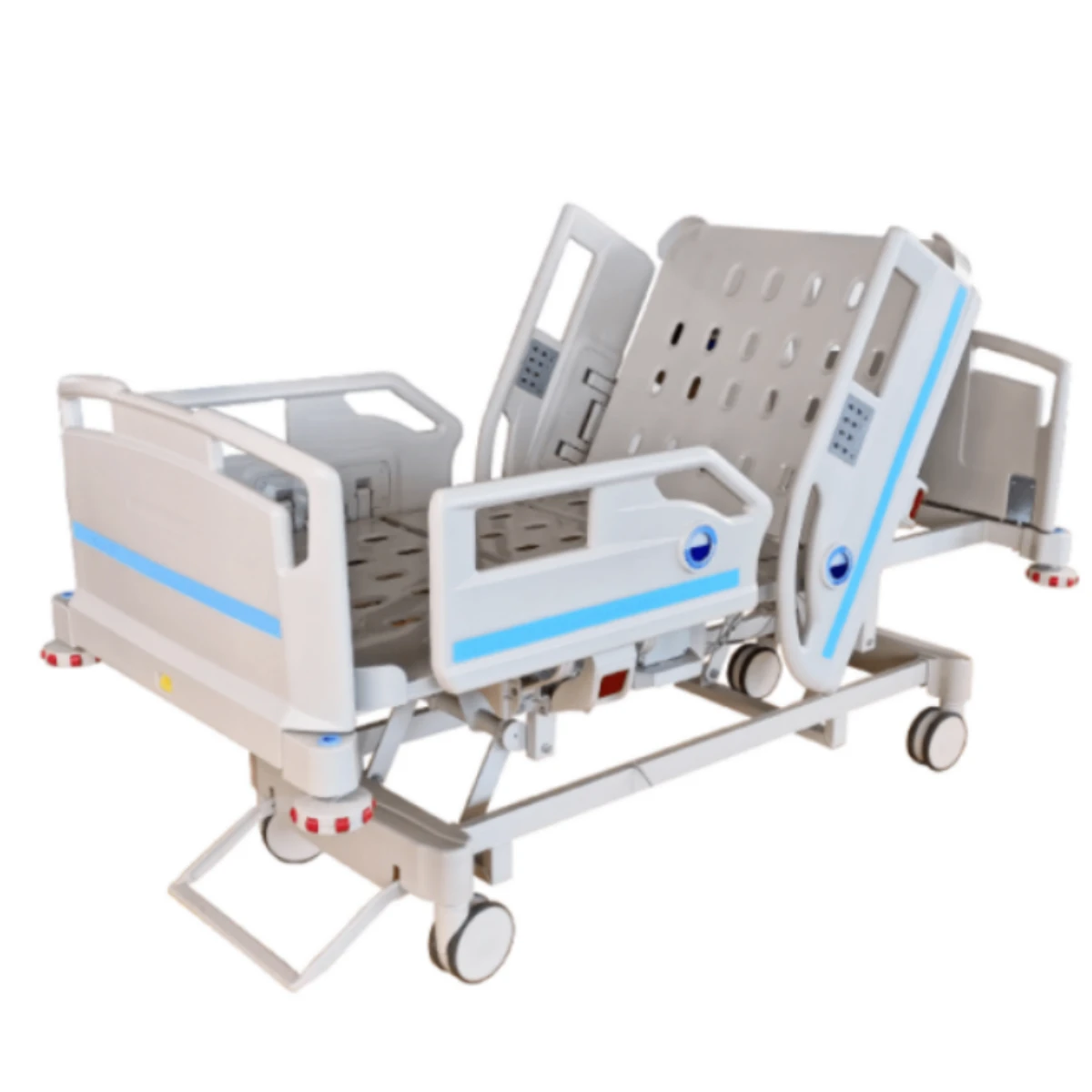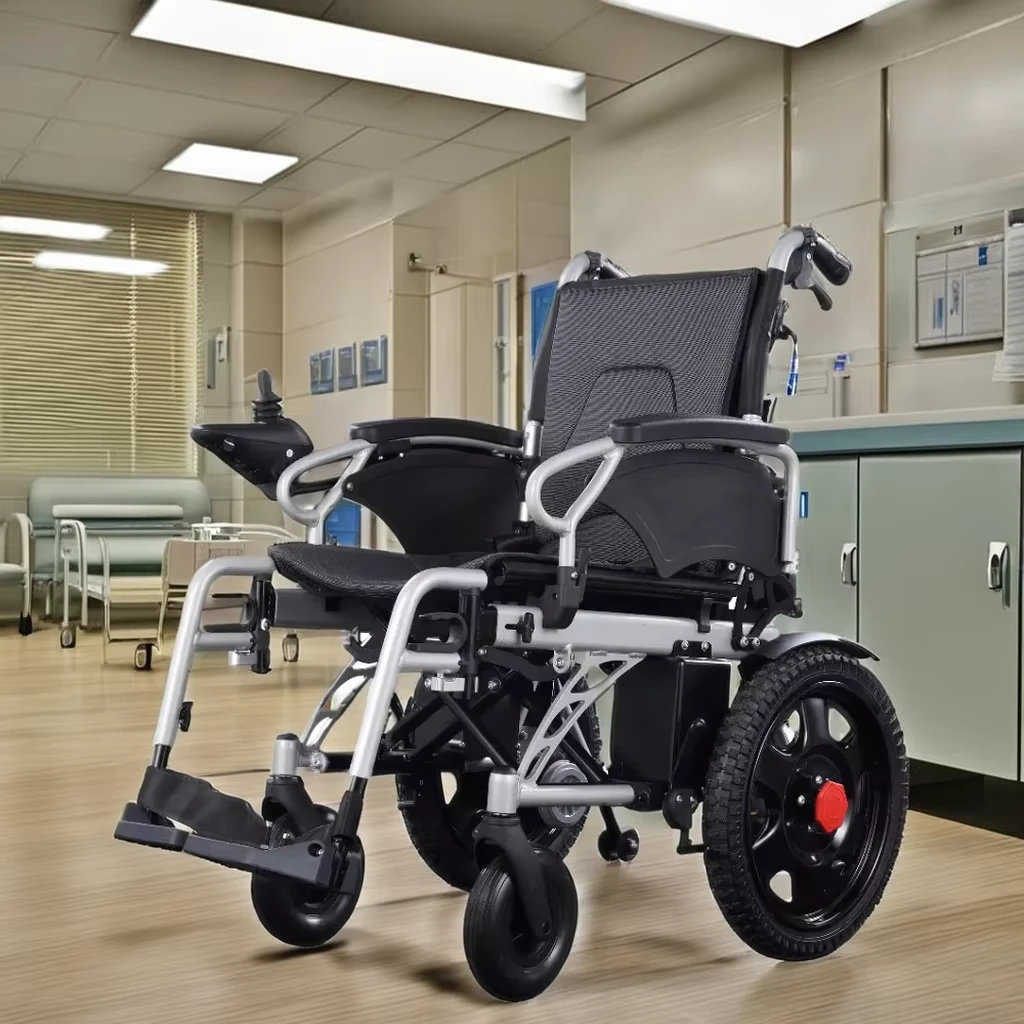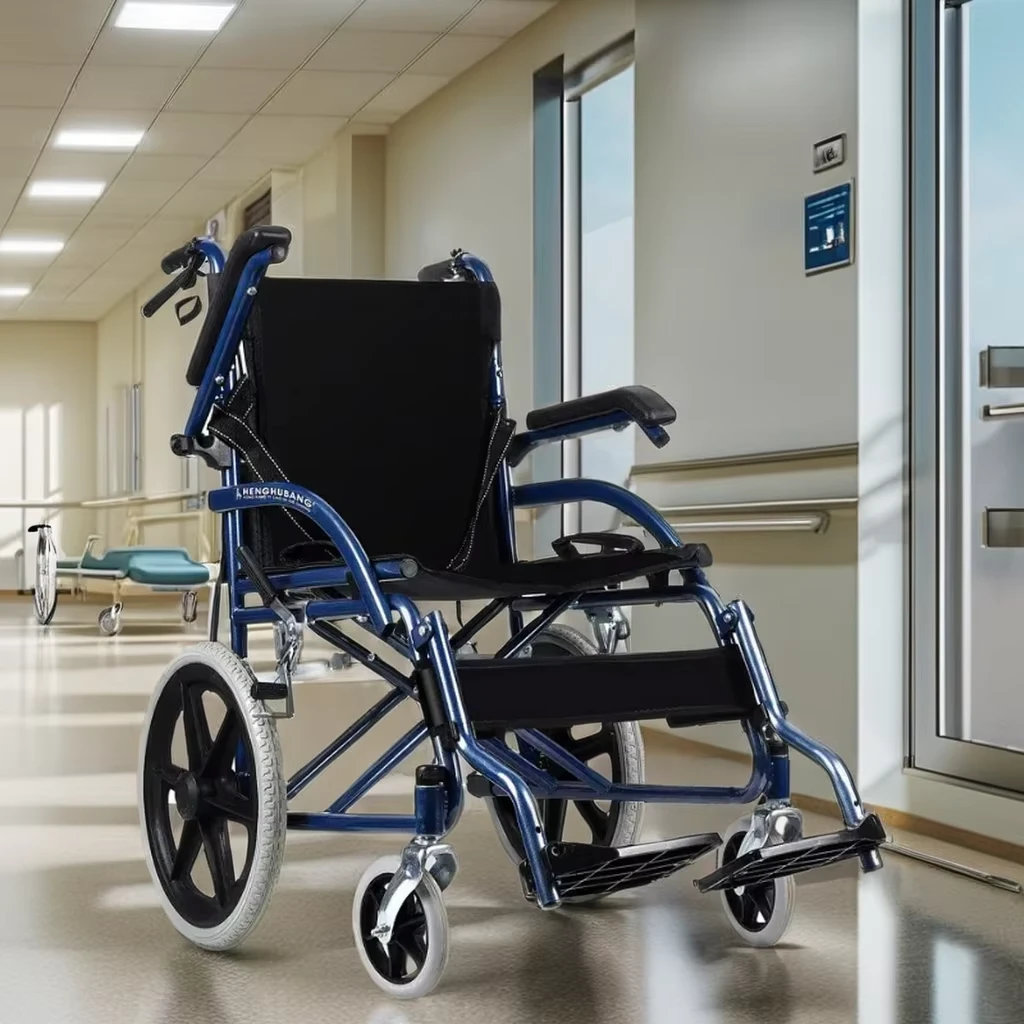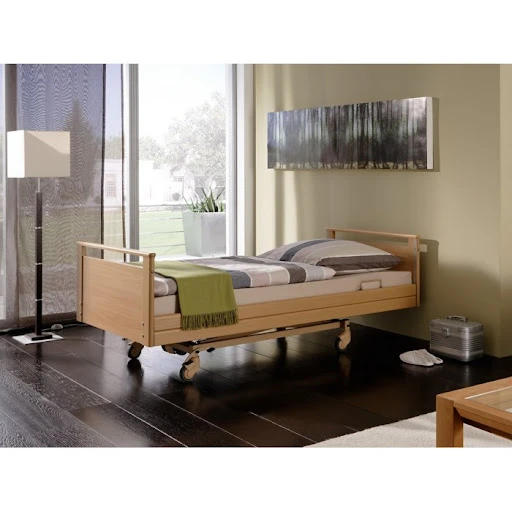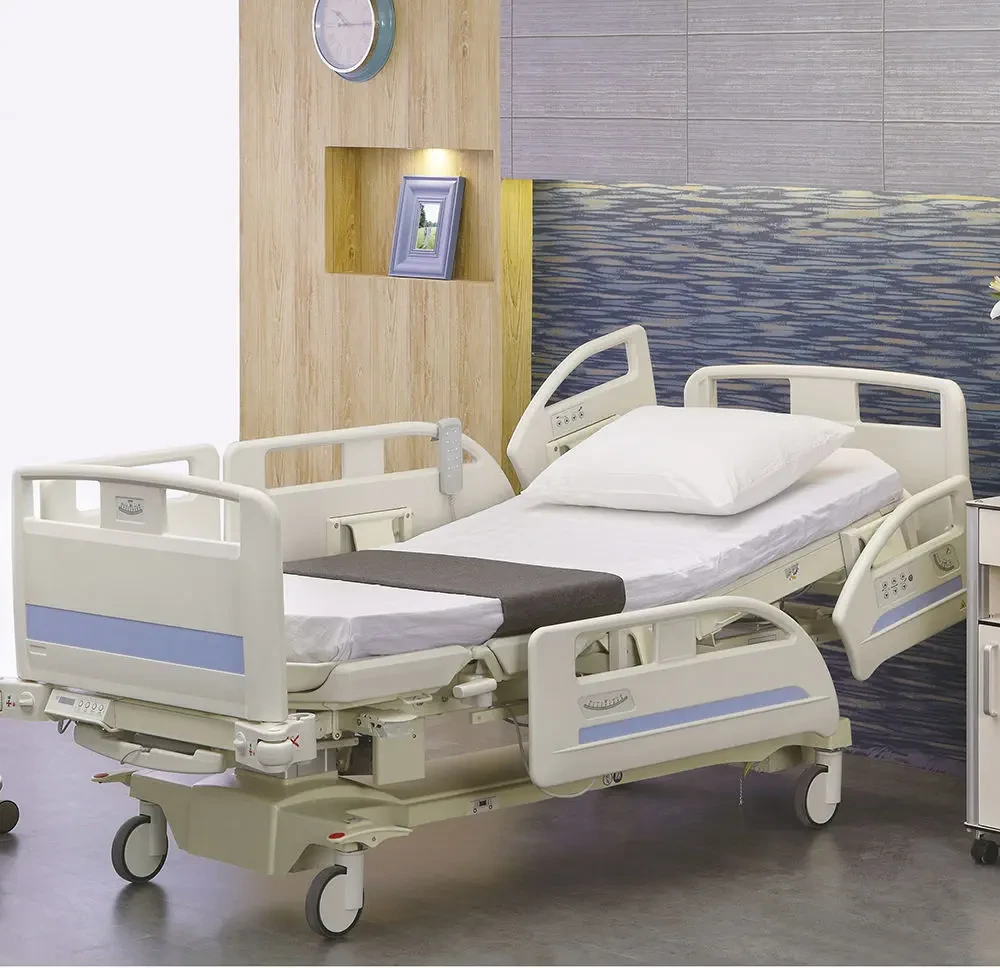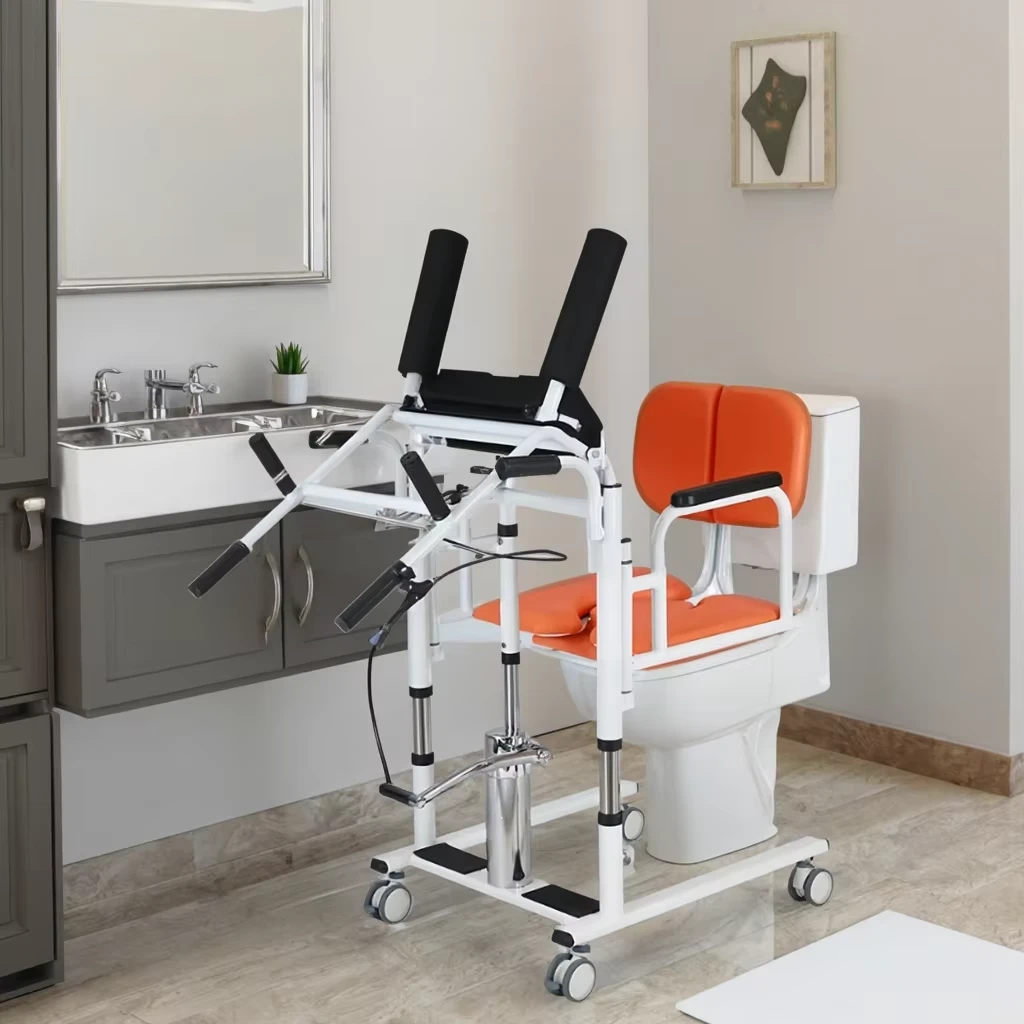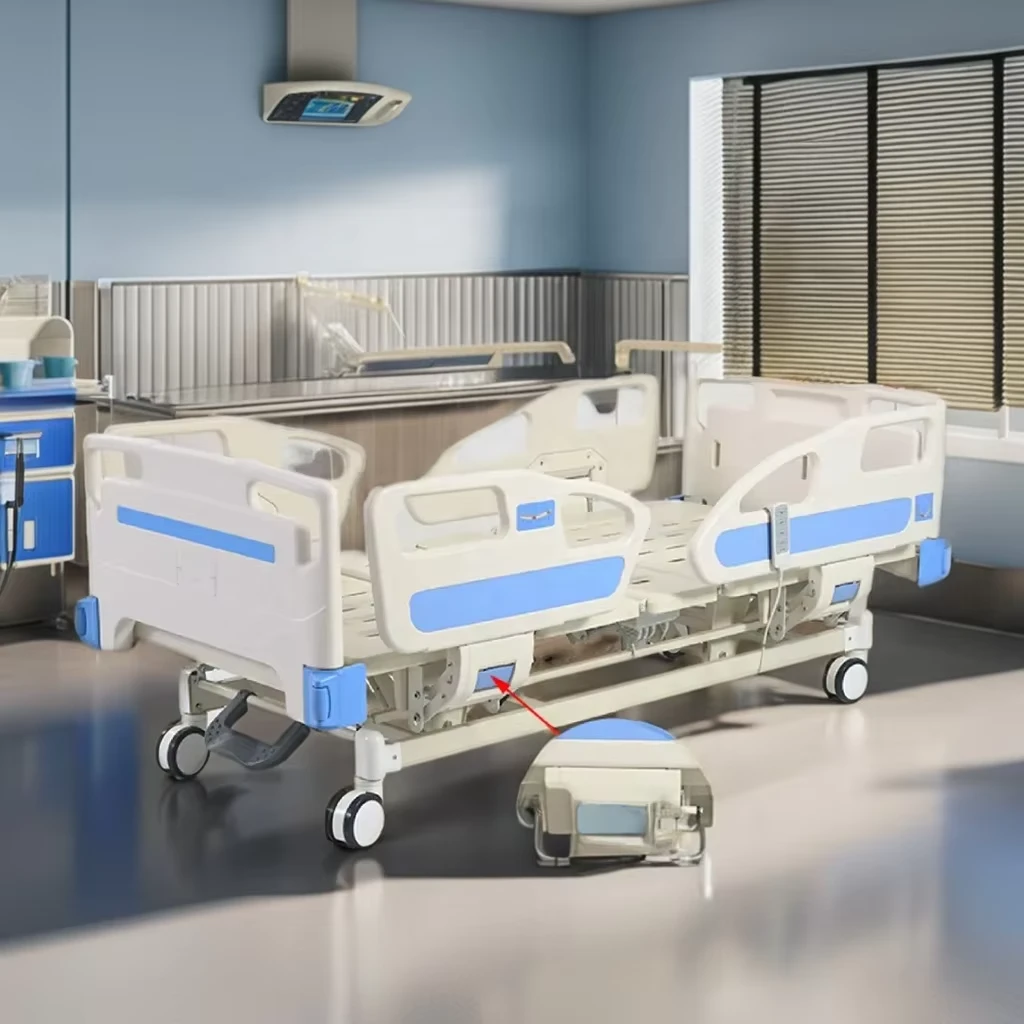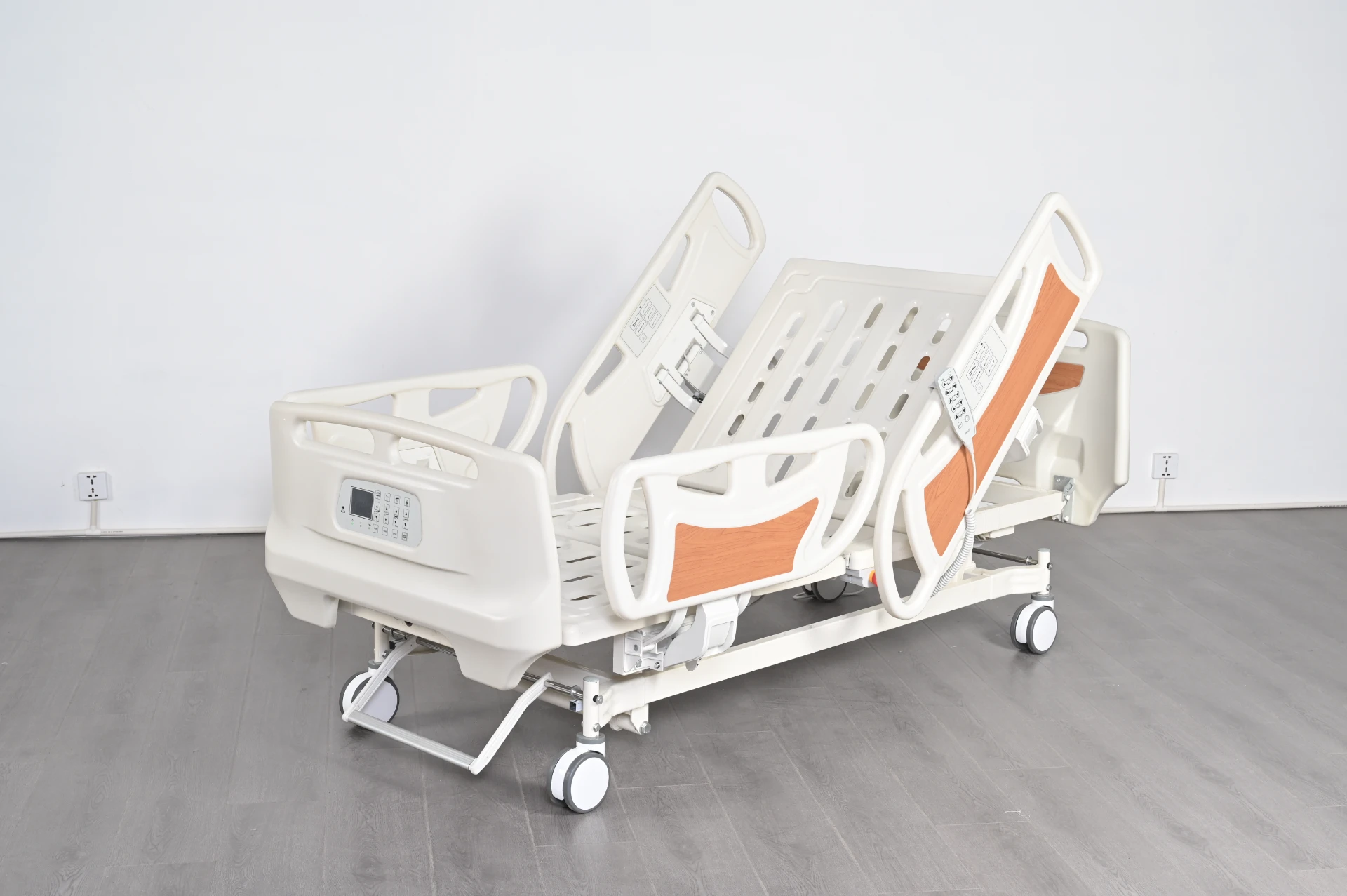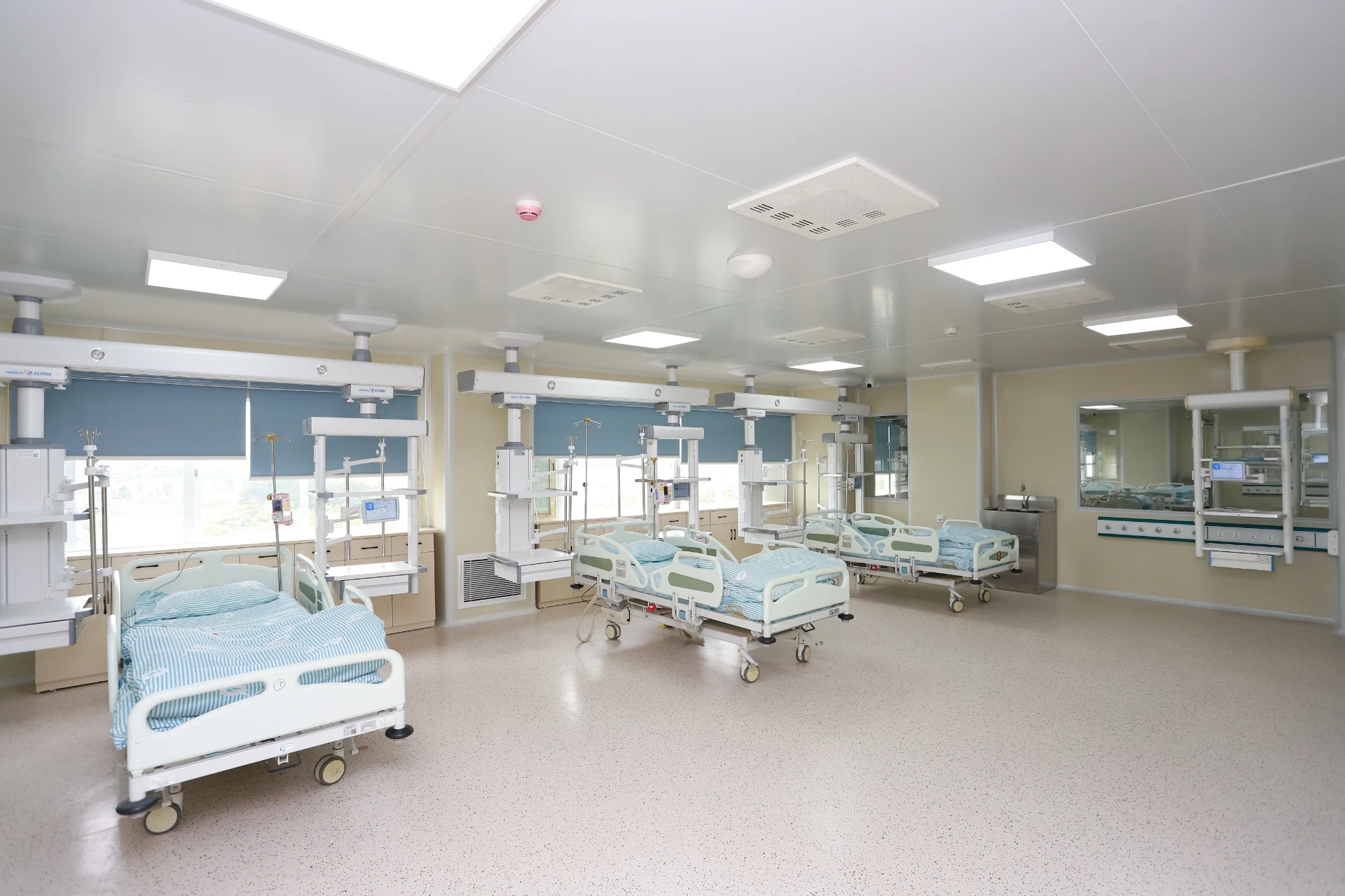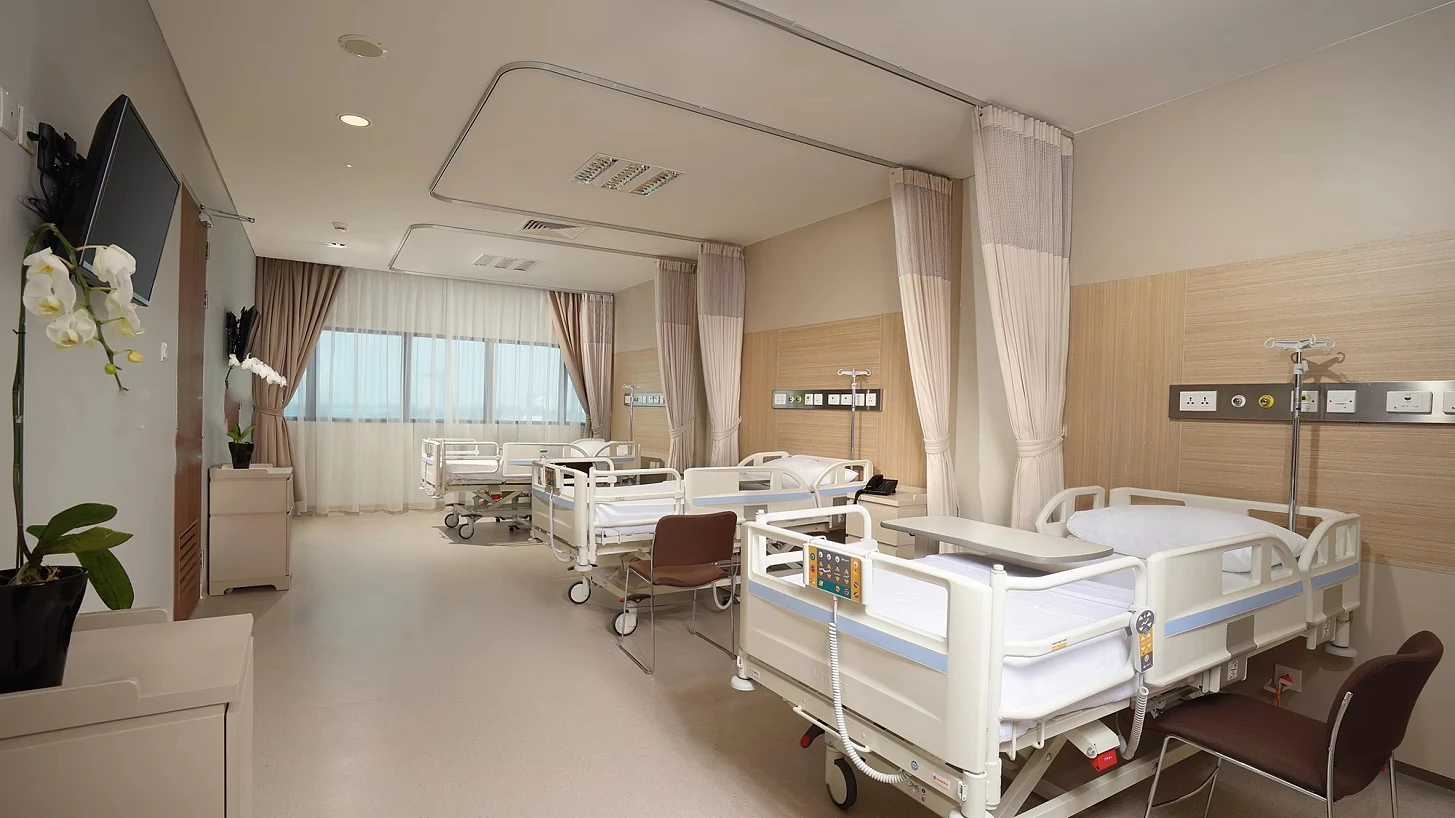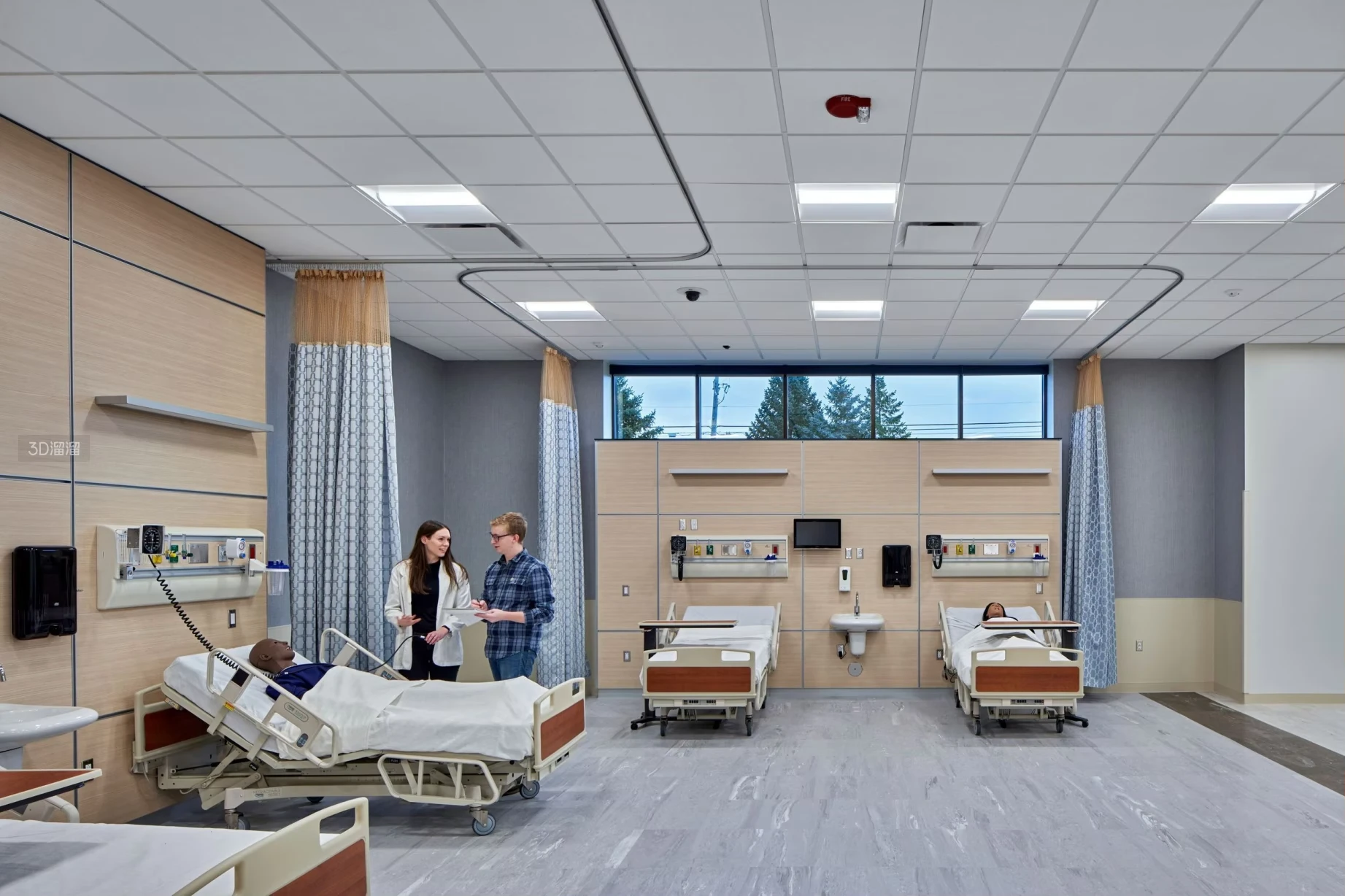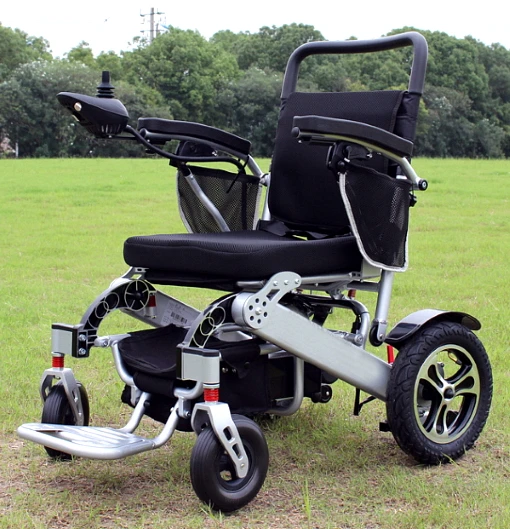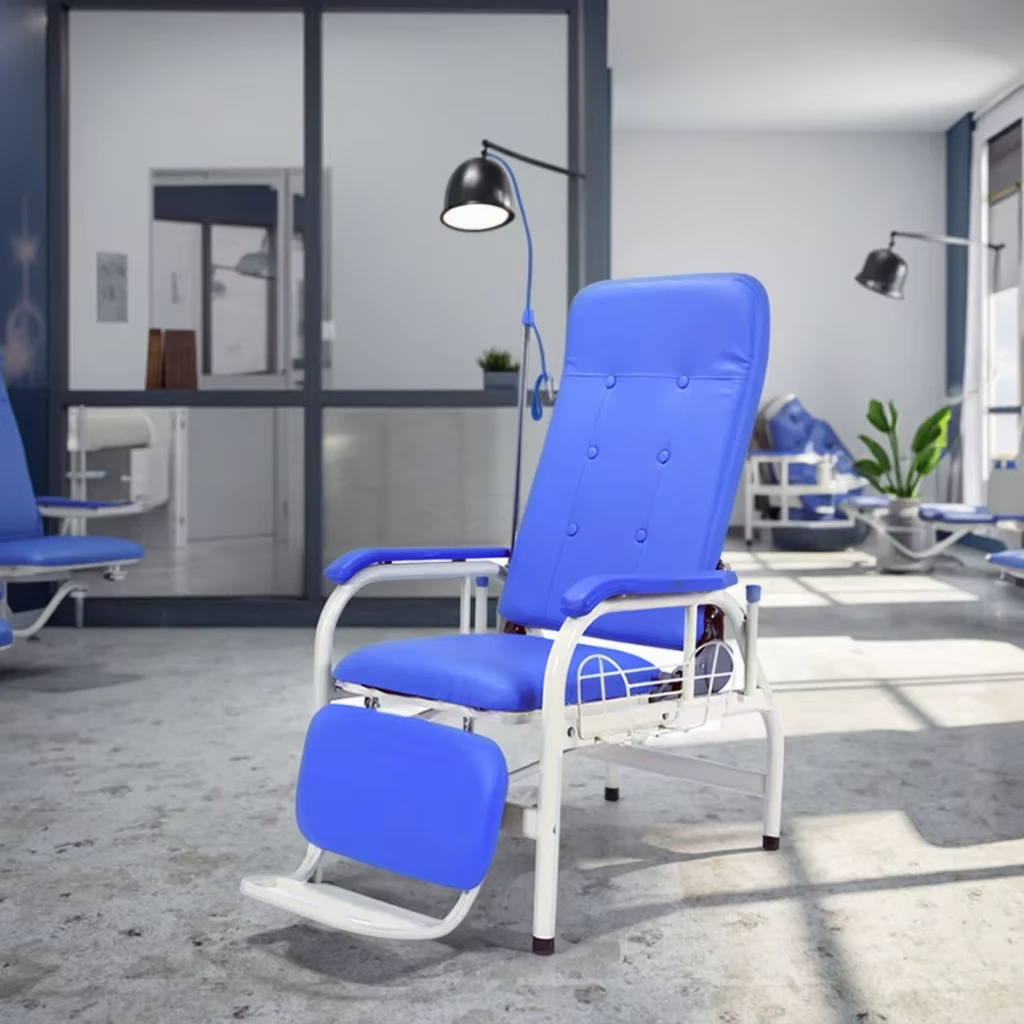3 Function Bed: Enhancing Patient Mobility and Care
In today's healthcare landscape, medical equipment must deliver both performance and patient comfort. Among these essential tools, the 3 function bed has become a staple in hospitals, clinics, and home-care environments. Designed to support medical professionals while ensuring patients’ comfort and recovery, the 3 function hospital bed is a versatile choice that combines practicality with patient-centered care. Its intelligent design supports a range of medical needs, making it a critical asset in modern caregiving.
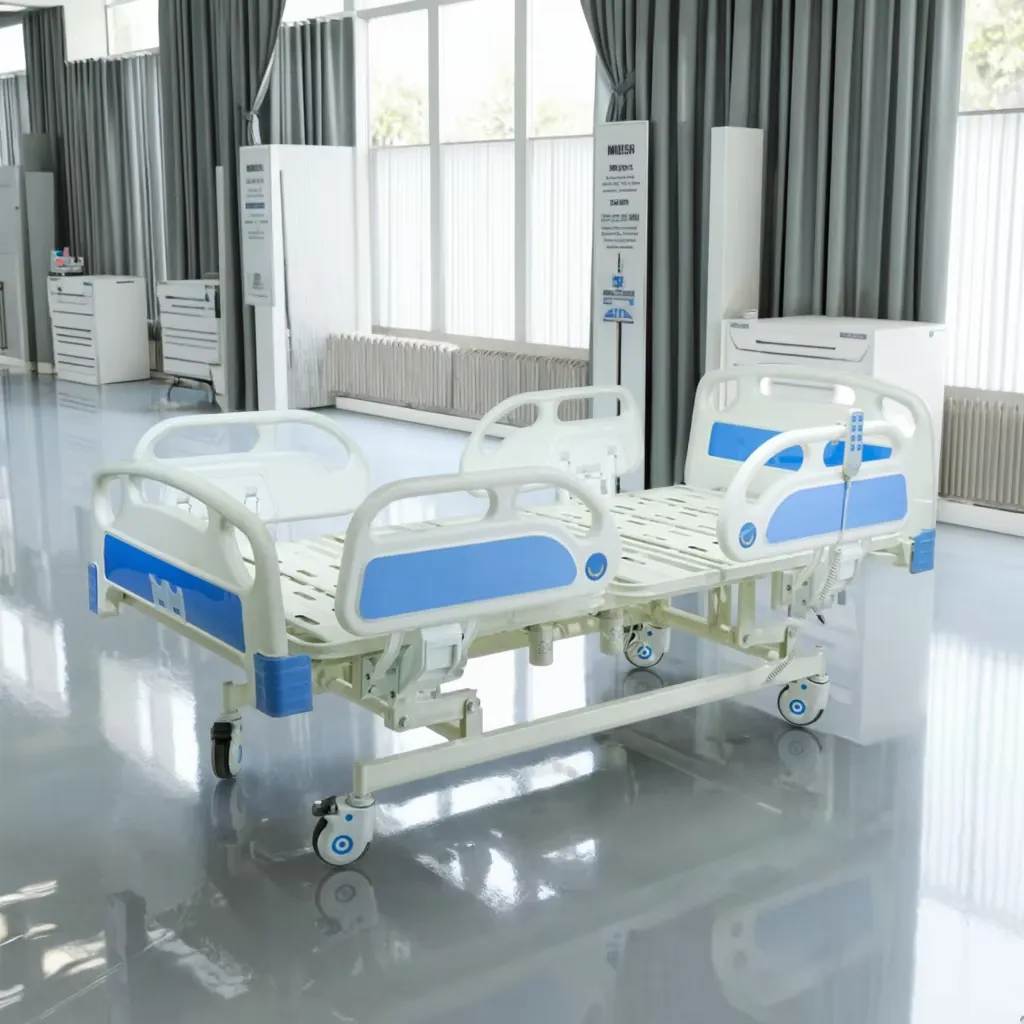
The Core Benefits of a 3 Function Bed
A 3 function medical bed is distinguished by its ability to adjust in three key ways: the head section, foot section, and overall bed height. This adjustability makes it suitable for a wide range of clinical scenarios, from post-surgical recovery to long-term care for chronic conditions.
Adjusting the head section allows patients to be propped up, which is especially useful for respiratory issues, eating, or reading. Elevating the legs can improve circulation, reduce swelling, and assist with pain management. Finally, height adjustment benefits both patients and caregivers. Lowering the bed enables safer access for patients, while raising it allows healthcare professionals to deliver care without straining their posture.
This adaptability also plays a crucial role in preventing pressure ulcers—a common issue for patients confined to bed for extended periods. By allowing frequent repositioning, a 3 function bed contributes directly to improved outcomes and patient satisfaction.
Why Manual Options Still Matter
While electronic beds are common in high-tech hospitals, many settings still rely on a 3 function manual hospital bed. These models operate using hand cranks and require no electricity, making them especially useful in areas where resources are limited or power reliability is a concern.
The manual version offers the same three adjustments—head, foot, and height—but at a fraction of the cost. This makes it an ideal option for rural hospitals, emergency relief zones, or home care situations where budget constraints are a factor.
Importantly, a 3 function manual hospital bed is easy to maintain. With fewer electrical components, the chances of technical failure are significantly reduced. For facilities that prioritize reliability and cost-effectiveness, manual beds provide an efficient and long-lasting solution.
Despite their simpler mechanism, modern manual beds are ergonomically designed for both user comfort and caregiver convenience. Many include foldable cranks and smooth-glide movements that allow caregivers to make adjustments with minimal effort.
Applications Across Different Care Environments
The adaptability of the 3 function hospital bed makes it a valuable asset in a variety of care settings. In hospitals, these beds are commonly used in general wards, ICU units, and surgical recovery rooms. They offer the flexibility needed to manage both acute and chronic conditions, helping healthcare providers respond to diverse patient needs.
In rehabilitation centers, these beds support recovery by allowing patients to practice sitting, leg movements, or assisted transfers. The adjustability aids therapists in performing specific routines while minimizing risk to both patient and staff.
In-home care is another growing area where the 3 function hospital bed plays a pivotal role. As more families opt for at-home recovery or palliative care, the need for professional-grade equipment increases. A 3 function bed offers patients the dignity of comfort and caregivers the tools they need to provide quality support. Whether manual or electric, its design empowers families to create a safe, medically sound environment at home.
Choosing the Right Bed: What to Consider
With several options on the market, selecting the right 3 function medical bed requires careful evaluation. The first step is to assess the patient’s medical needs. Will they be using the bed short-term or long-term? Do they require frequent position changes? Are there mobility limitations that affect how they enter or exit the bed?
Manual vs. electric is also a crucial decision point. While a 3 function manual hospital bed may be more economical, it requires caregiver effort for each adjustment. An electric model, on the other hand, offers convenience and speed, especially beneficial for heavier or less mobile patients.
Durability and ease of cleaning are other key factors. Look for beds with rust-resistant frames, washable surfaces, and intuitive design. Side rails, mattress compatibility, and locking caster wheels should also be on your checklist, especially for patients who are prone to falls or need additional safety features.
Finally, think about installation and maintenance. Does the supplier offer support services? Is the assembly process straightforward? These considerations ensure that the bed will serve its purpose effectively and for a long duration.
Future-Proofing Healthcare with Smart Design
As the healthcare industry continues to evolve, the 3 function hospital bed is likely to become even more sophisticated. Today, many models already integrate ergonomic features, anti-bacterial coatings, and intuitive controls. The next generation may include IoT capabilities, allowing caregivers to monitor patient movement, vital signs, or bed position remotely.
Environmental concerns are also pushing manufacturers to design more sustainable models—beds that are energy-efficient, made from recyclable materials, or offer modular upgrades rather than full replacements.
In the context of aging populations and increasing demand for home-based care, a 3 function bed represents not just a medical necessity but a step toward more inclusive and responsive healthcare systems. Its blend of mechanical simplicity and functional versatility makes it a smart investment for any facility or household focused on quality care.
3 function bed Soalan Lazim
What is a 3 function bed used for?
A 3 function bed is primarily used in medical environments to provide adjustable support for patients. It allows for head, foot, and height adjustments, making it ideal for improving patient comfort, aiding recovery, and assisting caregivers in delivering effective treatment.
How does a 3 function manual hospital bed work?
A 3 function manual hospital bed is operated using hand cranks located at the foot or side of the bed. Each crank controls a different adjustment: one raises or lowers the head section, another adjusts the foot section, and the third changes the overall height. It offers the same functionality as an electric model without the need for power.
Where can a 3 function hospital bed be used?
A 3 function hospital bed can be used in hospitals, rehabilitation centers, nursing homes, and private residences. Its design makes it suitable for a range of conditions, including post-operative recovery, elderly care, and chronic illness management. The bed’s flexibility supports multiple care environments effectively.
What features should I look for in a 3 function medical bed?
When selecting a 3 function medical bed, look for features such as durable construction, ease of adjustment, safety rails, lockable wheels, and mattress compatibility. Depending on your needs, you might also consider electric models with remote controls or manual versions with foldable cranks for easy storage.
Is a 3 function bed suitable for home care?
Yes, a 3 function bed is an excellent choice for home care. Whether manual or electric, it offers patients greater comfort and independence while assisting caregivers in managing daily care routines. Many models are compact enough for residential use and designed for easy assembly and maintenance.



